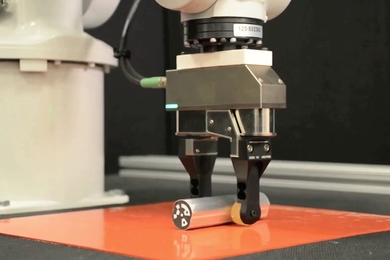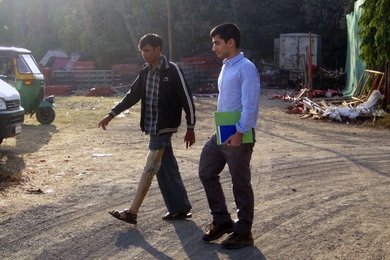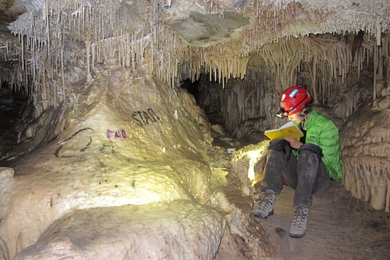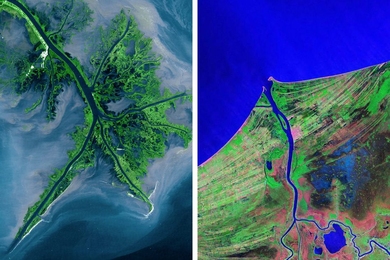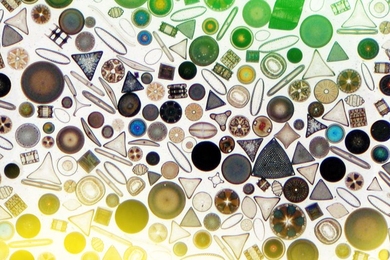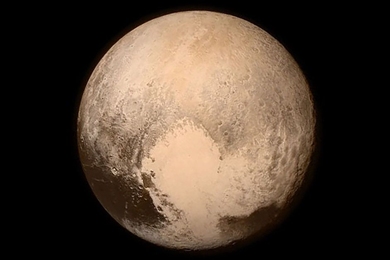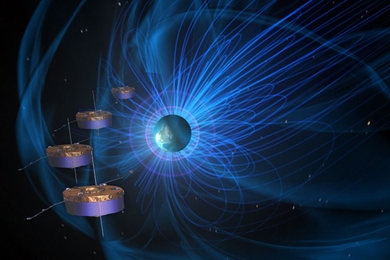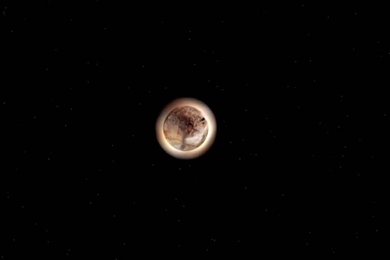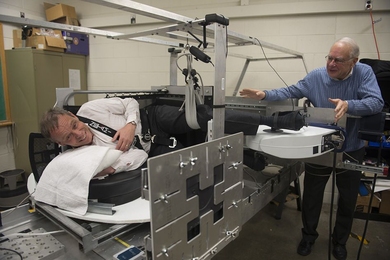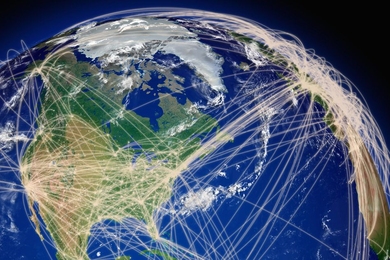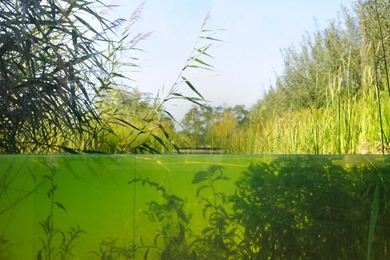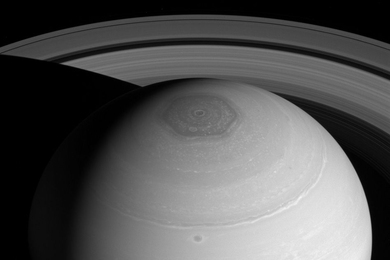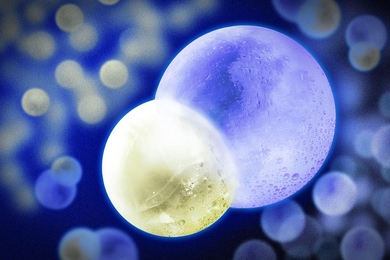Search Stories
Giving robots a more nimble grasp
Engineers use the environment to give simple robotic grippers more dexterity.
A cheaper, high-performance prosthetic knee
Researchers design cheap prosthetic knee that mimics normal walking motion.
Stalagmites pinpoint drying of American West
Research suggests western U.S. deserts were relatively wet up until 8,200 years ago.
Predicting the shape of river deltas
New method may help engineers determine coastal impact of dams and levees.
Ocean acidification may cause dramatic changes to phytoplankton
Study finds many species may die out and others may migrate significantly as ocean acidification intensifies.
3 Questions: Richard Binzel on New Horizons’ closest view of Pluto
Spacecraft’s close-up images reveal a complex, frozen world.
Researchers identify zebra-like stripes of plasma in a patch of space
The structure may help scientists identify radiation-remediation strategies in space.
Q&A: Catching Pluto’s shadow
MIT scientists assist as a NASA mission chases Pluto’s shadow to catch details of its atmosphere.
Working out in artificial gravity
A combination of exercise and artificial gravity may lessen negative effects of weightlessness in space.
New model calculates how air transport connects the world
Study finds one-stop flights are a big contributor to global connectivity.
Predicting sediment flow in coastal vegetation
Model could help engineers design erosion-prevention strategies in marshes, wetlands, aquatic forests.
Small thunderstorms may add up to massive cyclones on Saturn
New model may predict cyclone activity on other planets.
MIT team creates ultracold molecules
At near absolute zero, molecules may start to exhibit exotic states of matter.
Vanishing friction
In tuning friction to the point where it disappears, technique could boost development of nanomachines.

